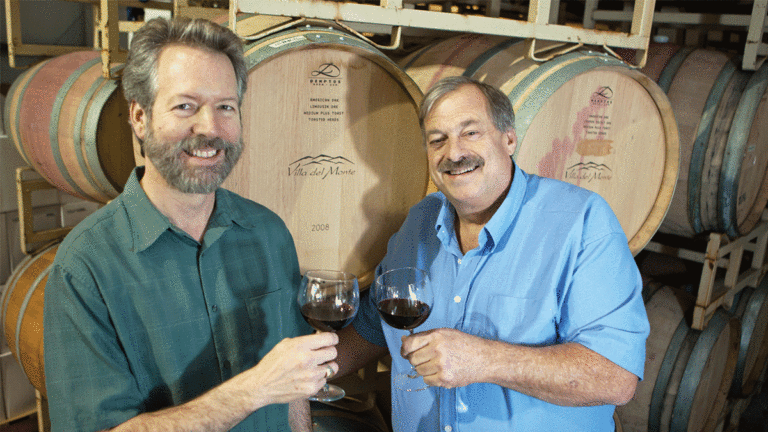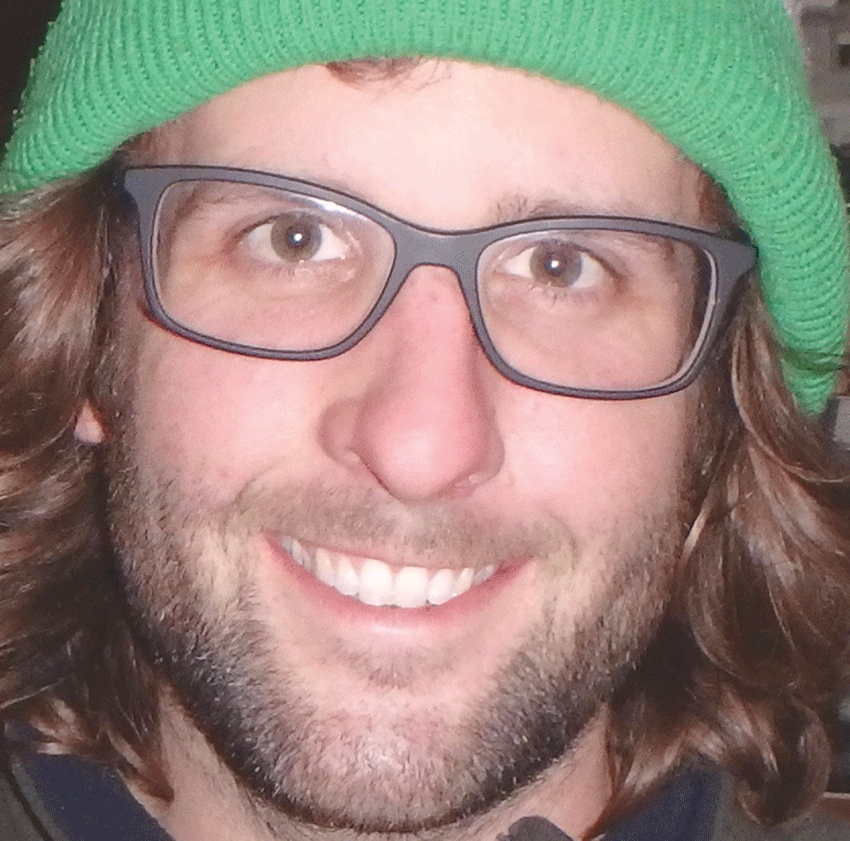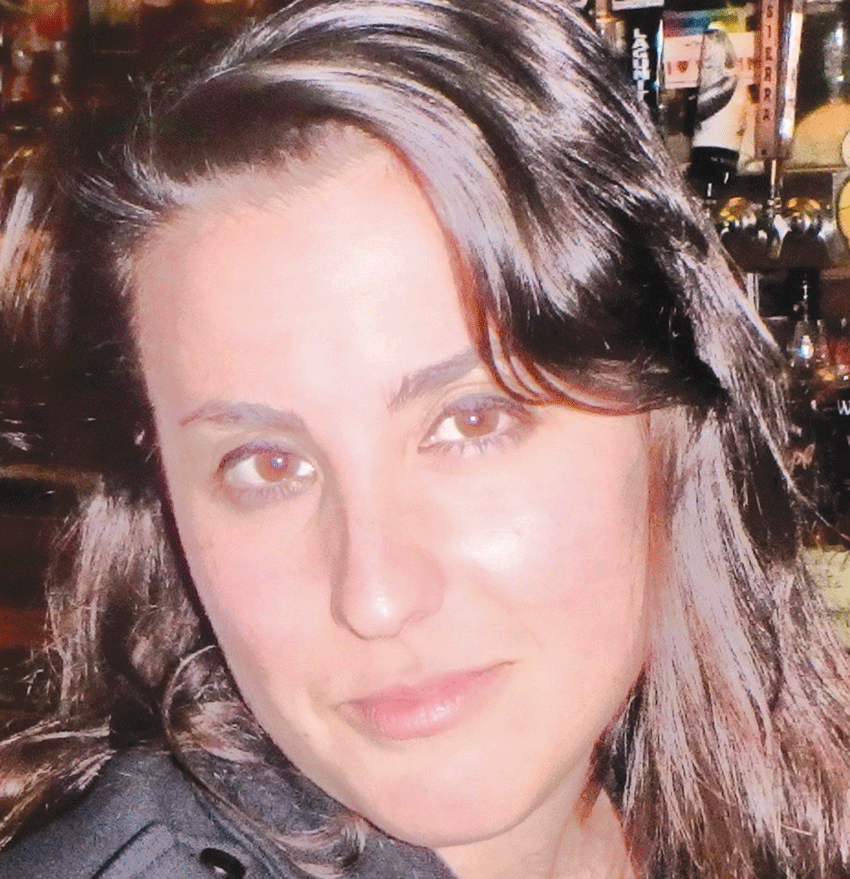WEDNESDAY 3/1
FOLK
CHICKEN MAMA
Chicken Mama is the moniker for local singer-songwriter Kasia Kugay, an SF transplant who was raised on Eastern European and world music. The daughter of Turkish and Polish immigrants, Kugay blends her musical heritage with elements of American jazz and R&B; the resultant folk is unique and intricately crafted, well-suited to Kugay’s deeply emotive voice, which ranges in scope from clear and bright to dramatic and sultry. Influences include Joanna Newsom, Ingrid Michaelson and Bill Withers. Chicken Mama will be performing songs from her recently released EP, The Advocate. True to her earthy aesthetic and naturalist spirit, Kugay recorded the EP in an old redwood tree in Nisene Marks. KATIE SMALL
INFO: 8:30 p.m., Moe’s Alley, 1535 Commercial Way, Santa Cruz. $7/adv, 10/door. 479-1854.
THURSDAY 3/2
NEW ORLEANS/FUNK
REBIRTH BRASS BAND
There’s no shortage of fantastic brass bands in New Orleans, but the Rebirth Brass Band is a favorite among favorites. With deep grooves that don’t quit and rhythms that inspire parade-worthy rump-shaking from even the shyest of audience members, the band holds down the rich tradition of Crescent City funk and soul while its youthful exuberance introduces the sound to new generations. If you need to shake off the cobwebs or forget your worries, this Grammy-winning band will help you get it done. CAT JOHNSON
INFO: 8:30 p.m. Moe’s Alley, 1535 Commercial Way, Santa Cruz. $25/adv, $30/door. 479-1854.
FOLK
FERRON
To lesbians of a certain generation or two, Ferron is a beloved kindred spirit—a master poet telling stories of our shared experiences better than anyone else. But the Canadian singer-songwriter’s fanbase doesn’t end there. Ferron appeals to anyone who finds comfort in embracing life as it is; beauty, struggles and all. Over decades of making music, she’s explored the joys and pain of being an outsider, while creating a space where everyone belongs. I was afraid that last time Ferron came to town might be her final Santa Cruz performance, but, luckily she’s coming back for what promises to be a sing-along celebration of love, diversity and unity. CJ
INFO: 7 p.m. Kuumbwa Jazz, 320-2 Cedar St., Santa Cruz. $27/adv, $32/door. 427-2227.
FRIDAY 3/3
PSYCH-FOLK
GREAT AMERICAN CANYON BAND
“Crash” sounds like a dream. It’s a potent track off Great American Canyon Band’s 2016 LP, Only You Remain. The duo, Paul and Krystal Jean Masson, who are partners in life as well as this band, sing “Don’t let me fall through, as I crash into you” in an almost hypnotic chant. The mood is tranquil yet oddly romantic, a fitting vibe to the twosome’s world-weary take on psych-Americana, with influences pulling equally from ’70s California folk-pop and middle America rustic roots rock. The band hails from Baltimore, but has spent years traveling and calling wherever its members lay their heads home for the night. The eclectic music reflects that. AARON CARNES
INFO: 9 p.m. Crepe Place, 1134 Soquel Ave., Santa Cruz. $10. 429-6994.
SATURDAY 3/4
COUNTRY GOSPEL
BIRDS OF CHICAGO
Blues-rock collective Birds of Chicago is centered around founding vocalists Allison Russell and JT Nero. The group draws heavily on gospel tradition, producing a country-twang, rock ’n’ roll secular gospel that varies from soaring and joyful to raw melancholy. Power-vocalist Allison Russell’s simmering restraint is deeply refreshing to a landscape scorched by post American Idol vocal gymnastics and over-emoting. The band is touring its sophomore album, Real Midnight, released in mid-February and recorded by Grammy award winner Joe Henry. KS
INFO: 8 p.m. Don Quixote’s, 6275 Hwy. 9, Felton. $18/adv, $20/door. 335-2800.
SUNDAY 3/5
ROOTS
WOOD BROTHERS
Chris and Oliver Wood grew up around folk music. With a guitar-playing father and a poet mother, the brothers were never far from the creative impulses that drive American roots music. They grew up to become musicians themselves, with bassist Chris going on to form avant-jazz-funk band Medeski, Martin and Wood, and Oliver playing guitar in bluesman Tinsley Ellis’s touring act, among other things. In 2004, they joined forces with multi-instrumentalist Jano Rix to create the Wood Brothers, a boundary-pushing roots outfit that blends blues, folk and rock to create a sound that’s at once familiar and fresh. CJ
INFO: 7 p.m. Rio Theatre, 1205 Soquel Ave., Santa Cruz. $28.50. 423-8209.
METAL
RED FANG
Red Fang continuously gets the “stoner metal” label, but for my money, that genre tag usually refers to bands that are aggressively slow. Not so with Red Fang. These guys kick out some head-banging, heavy-blues riffs, and some sweet, soulful vocals. Forget any talk about stoner metal, and call these guys what they really are: kick-ass, fist-pumping rock ’n’ roll. Since the group formed in 2005, that’s what it’s done. Last year, the band released its fourth album, Only Ghosts. It’s got just a little bit more polish than the previous three, but it’s not short on raw power. AC
INFO: 8 p.m. Catalyst, 1011 Pacific Ave., Santa Cruz. $16/adv, $18/door. 429-4135.
MONDAY 3/6
ACID JAZZ
RONNIE FOSTER TRIO
A brash young innovator accompanying established stars. An acid jazz patriarch introducing a new sound. A producer responsible for albums by stars like Stanley Turrentine, Grover Washington, Jr. and David Sanborn. Hammond B-3 organist Ronnie Foster has ably filled all of these roles over the years, and now he’s an old-school master himself, proving he still has plenty to say. He made his mark with two early-’70s albums for Blue Note, sessions overlooked at the time but widely sampled by hip-hop artists in recent years. He went on to accompany heavyweights like Grant Green, George Benson, and Stanley Clarke. His excellent new trio features drummer Jess Gopen and well-traveled guitarist Jake Langley, who spent five years touring and recording with B3 king Joey DeFrancesco. ANDREW GILBERT
INFO: 7 p.m. Kuumbwa Jazz, 320-2 Cedar St., Santa Cruz. $25/adv, $30/door. 427-2227.
TUESDAY 3/7
FOLK
DAVID FRANCEY
Torn Screen Door, David Francey’s debut record, is a nearly flawless folk record: haunting melodies, with lyrics that perfectly evoke the plight of the working poor and the heartbreak of love. It shouldn’t be too shocking that Francey went out the gate with such a fantastic album—he was 45 when it was released, and these songs had been gestating for decades. If there’s one thing that makes a folk singer great, it’s life experience. Originally from Scotland, he moved to Canada as a teenager, and spent 20 years of his adult life working in construction. Since transitioning to music, he’s become a star in folk circles, but remains relatively unknown to the rest of the world. It’s a shame. AC
INFO: 7:30 p.m. Ugly Mug, 4640 Soquel Drive, Soquel. $18/adv, $20/door. 477-1341.
IN THE QUEUE
ADRIAN LEGG
Renowned English guitarist. Wednesday at Don Quixote’s
TREVOR HALL
Spiritual-minded singer-songwriter. Saturday at Catalyst
WILD IRIS
Local acoustic duo. Saturday at Crepe Place
JOHN JORGENSON QUINTET
Gypsy jazz led by guitarist Jorgenson. Saturday at Kuumbwa
BRAZILIAN CARNAVAL
Samba Do Rio Project, Pato Banton and more. Saturday at Moe’s Alley










 Plants are healthier than meat, we know this. But do we? The documentary
Plants are healthier than meat, we know this. But do we? The documentary  For the past several months the North Dakota Access Pipeline has been all over the news: celebrities openly voiced their opposition, some joined protests, President Donald Trump advanced the pipeline with an executive order, and recently, on Feb. 23, Holly Miranda and Ani DiFranco released a Standing Rock protest song. Recent coverage of Standing Rock has shown camps being burned down and the remaining holdout protesters being arrested. This Sunday, March 5, Curtis Reliford and Spotted Elk invite the community to hear what locals saw at Standing Rock, what they learned, and what they brought back. There’ll be an open discussion, drumming, dancing, a slide show, and snacks.
For the past several months the North Dakota Access Pipeline has been all over the news: celebrities openly voiced their opposition, some joined protests, President Donald Trump advanced the pipeline with an executive order, and recently, on Feb. 23, Holly Miranda and Ani DiFranco released a Standing Rock protest song. Recent coverage of Standing Rock has shown camps being burned down and the remaining holdout protesters being arrested. This Sunday, March 5, Curtis Reliford and Spotted Elk invite the community to hear what locals saw at Standing Rock, what they learned, and what they brought back. There’ll be an open discussion, drumming, dancing, a slide show, and snacks.  The term “Orwellian” was an adjective long before “alternative facts” were cited to justify a sitting U.S. presidents’ misinformation. Sales of George Orwell’s groundbreaking
The term “Orwellian” was an adjective long before “alternative facts” were cited to justify a sitting U.S. presidents’ misinformation. Sales of George Orwell’s groundbreaking  What does it mean to be a girl in 2017? In celebration of International Women’s Day this Wednesday, Feb. 8, the Nickelodeon is screening
What does it mean to be a girl in 2017? In celebration of International Women’s Day this Wednesday, Feb. 8, the Nickelodeon is screening 




















